Figures & data
Table 1 Soil properties
Table 2 Comparison of clay mineralogy of soils
Table 3 Dry weight and panicle number at maturity
Figure 1 Relationship of cesium-133 (133Cs) uptake in aboveground parts with (a) exchangeable potassium (K) and (b) exchangeable 133Cs among soils (**indicates P < 0.01).
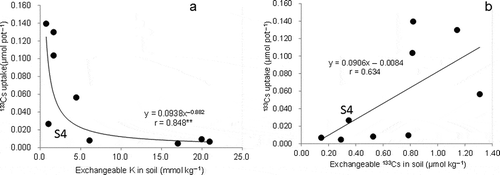
Figure 2 Relationship between cesium-133 (133Cs) uptake in aboveground parts and exchangeable cesium-133/potassium (133Cs/K) ratio among soils (** indicates P < 0.01).
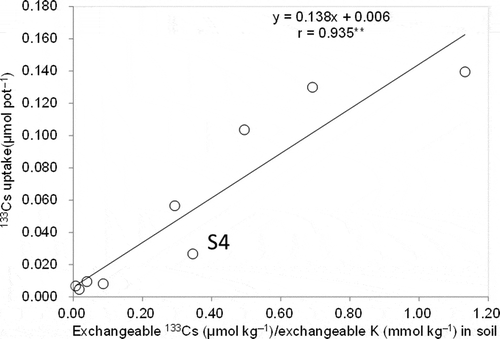
Figure 3 Relationship between cesium-133 (133Cs) concentration in brown rice and exchangeable cesium-133/potassium (133Cs/K) ratio among soils (** indicates P < 0.01).
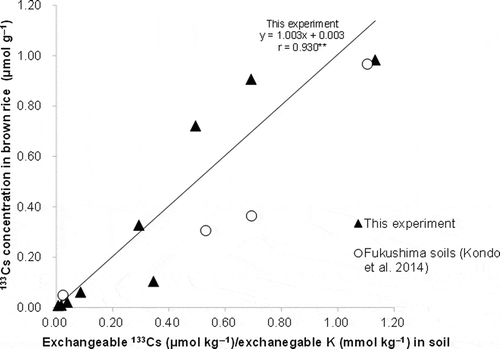
Figure 4 Relationship between the concentration in brown rice and shoots for cesium-133 (133Cs) (a) and potassium (K) (b) among soils (** indicates P < 0.01).
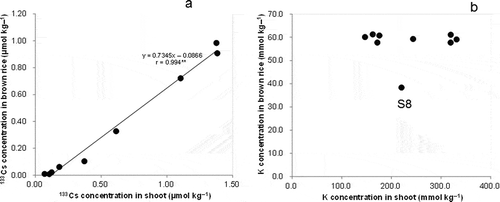
Figure 5 Distribution into brown rice in aboveground parts in terms of dry matter (DW) and essential elements in comparison with cesium-133 (133Cs) on the average of nine soils (bars indicate maximum and minimum values).
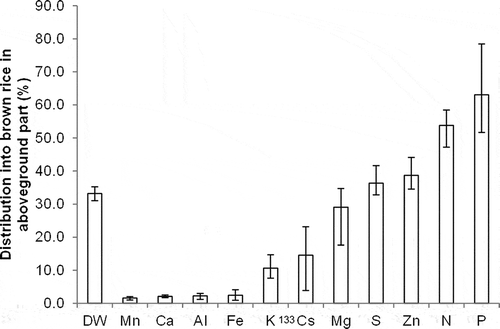
Figure 6 Relationship between cesium-133 (133Cs) distribution in brown rice in aboveground parts and potassium (K) concentration in stems (** indicates P < 0.01).

Figure 7 Relationship between cesium-133 (133Cs) distribution in aboveground parts in the whole plant and potassium (K) concentration in root (** indicates P < 0.01).

Table 4 Slope in the linear regression between cesium-133/potassium (133Cs/K) concentration in plant part and exchangeagble cesium-133/potassium (133Cs/K) in soil
